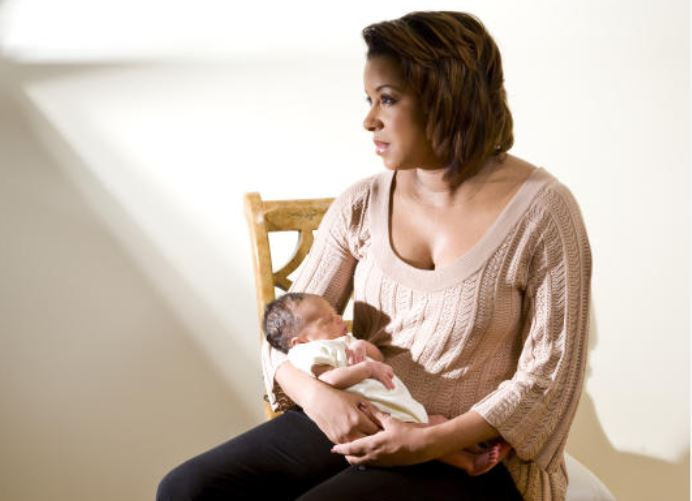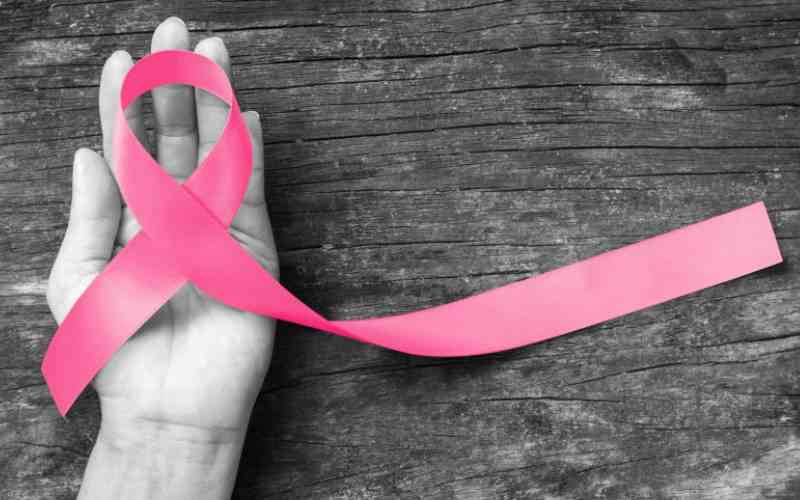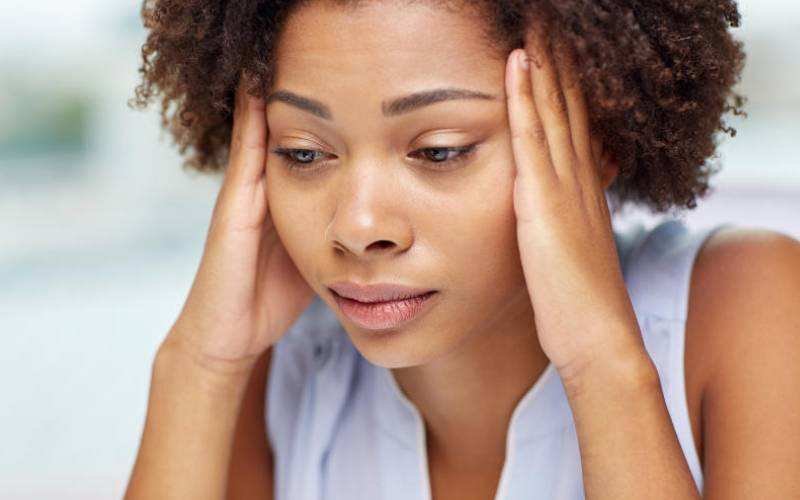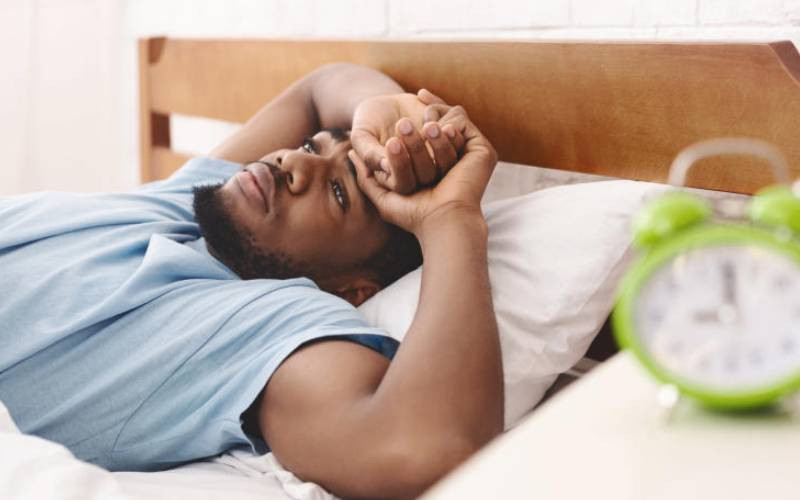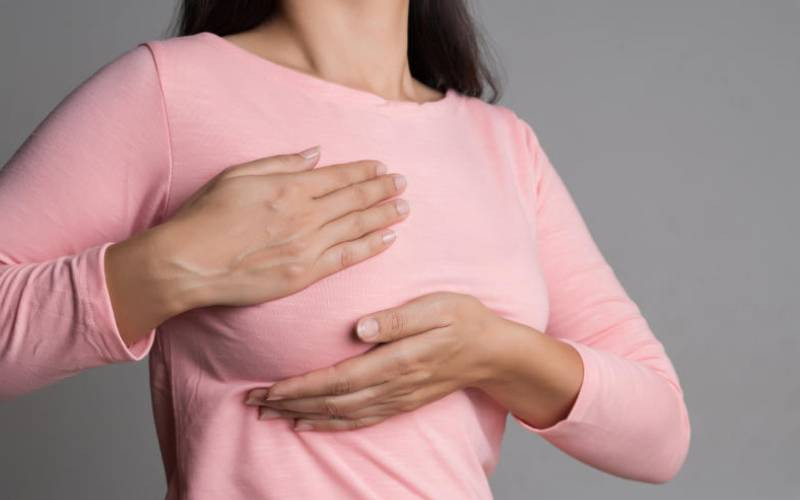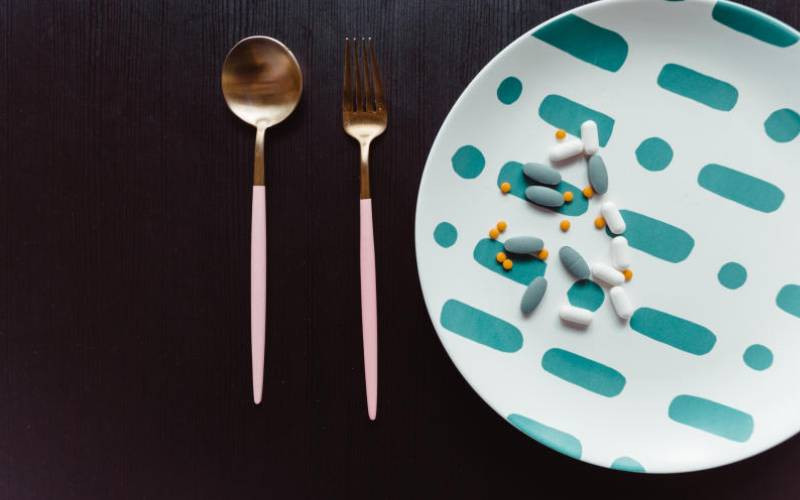
While our periods are completely natural and a good sign that everything is healthy and working as it should, there is no denying that they can be annoying, inconvenient and painful.
Every month mother nature brings us cramps, bloating, bad skin and a whole mix of emotions and mood swings.
While most of us just want to curl up on the sofa with a hot water bottle and work our way through a share-size bar of chocolate, there are other things we can do to make it slightly more bearable.
The experts at Saalt, which produces menstrual cups and other reusable period products, have put together a list of things you can do to have a 'better' time of the month.
Here are co-founder Cherie Hoeger's tips...
Know your cycle

We all know that our periods bring about hormonal changes that affect our mood, appetite, complexion, energy levels and so much more.
Did you know that there are four phases of your menstrual cycle? When we learn about the changes happening to our bodies, we can see how they might affect other parts of our lives.
To experience the benefits of being in tune with your cycle, brush up on the different cycle phases, and find a tracking method that works for you -whether that is an app or just a traditional calendar- to understand which stage you're at.
Your cycle begins with your period, or the bleeding phase which lasts anywhere from 4-7 days. Since bloating is usually associated with this phase, avoid consuming too much salt or alcohol. Plan your night out for a different time!
This is when you’ll feel the most cramping and physical symptoms of your period. You may also get more food cravings, have less energy and be more withdrawn.
This could be a great time to lay low and do some organising. Getting stuff crossed off your to do list at work and home will help you get in a better mood.
Allow yourself time to rest

Your period is triggered when your progesterone levels drop, causing the lining of your uterus to break down and shed.
During this phase your hormones and energy are at the lowest they will be during your cycle, while your body clears out what's no longer needed and prepares for new growth.
This time requires rest and replenishment, and by trying to push through and force intense workouts or peak productivity you risk depleting your body of nutrients and energy needed for your upcoming cycle, which can lead to inflammation, burnout and increasing your risk for continual PMS, cramping, bloat and painful periods.
While it can be tough to do in today’s ‘always on’ culture, scheduling some downtime and allowing yourself to sleep in, nap, or simply be without guilt will work to restore energy, reduce period pain and have a healthy cycle.
Eat foods packed with beneficial minerals

Because your hormones are at their lowest levels during your period, it's crucial to replenish and remineralise with foods that work to keep your energy and mood stable while your brain adjusts to the downshift in your cycle.
Foods loaded with iron and zinc, such as beef, lamb, seafood, beans, nuts, seeds and leafy green vegetables are deeply restorative to your blood and kidneys, working to remineralise your body and replenish nutrients lost due to bloodshed.
Opt for a superior period product

Conventional period products (tampons, pads, etc.) are often expensive and contain known toxins, including aluminium, alcohol and fragrance additives.
But perhaps worst of all, they're bleached in the production process, leaving behind traces of dioxin and other toxins in our bodies that can lead to cramping, painful periods and hormone imbalances like endometriosis.
Using a menstrual cup, which is made with a non-toxic, ultra-soft silicone formula, eliminates the need for toxic period products and saves you money (1 cup can last up to 10 years) while cutting down on environmental waste in the process.
Favour gentle movement/exercise

While it may seem counterintuitive, it's important to avoid high-intensity workouts during your period, which puts additional strain on your adrenals, causing you to pump out more stress hormone cortisol in order to sustain enough energy during your workouts.
Over time this can lead to excess estrogen (which makes it more difficult to lose weight) and adrenal dysfunction that compounds period pain and other hormonal imbalances.
Cycle-syncing your workouts by doing more high intensity the first half of your cycle (follicular + ovulatory) and gentle, low-impact activities like walking, stretching, and restorative yoga the second half (luteal + menstrual) supports your hormonal fluctuations, puts less stress on your adrenals, boosts your metabolism + energizes your body.
What's your favourite type of weather? The Standard Group Plc is a multi-media organization with investments in media platforms spanning newspaper print
operations, television, radio broadcasting, digital and online services. The Standard Group is recognized as a
leading multi-media house in Kenya with a key influence in matters of national and international interest.
The Standard Group Plc is a multi-media organization with investments in media platforms spanning newspaper print
operations, television, radio broadcasting, digital and online services. The Standard Group is recognized as a
leading multi-media house in Kenya with a key influence in matters of national and international interest.


